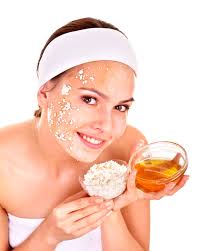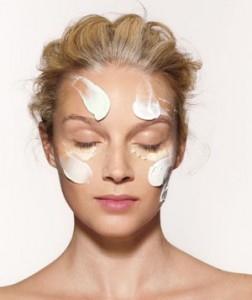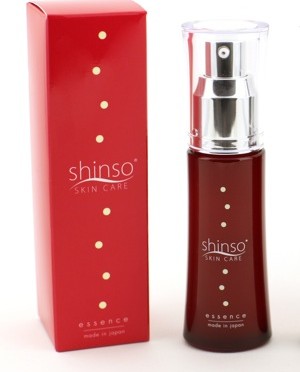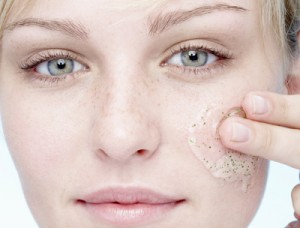Do you eat the recommended serving of fruits each day? If so, great! Fruits contain vitamins and water- both of which are great for your health and your skin. Whether you’re consuming these fruits or applying them on your skin in the form of a face mask, you’ll reap the benefits. Here are a few of the best fruits for your skin.
- Lemons. There are a variety of uses for the lemon, ranging from disinfecting your cutting board to brightening your nail beds. Lemons are well-known for their brightening properties- after all, if you apply lemon juice to your hair and spend time in the sun, you will emerge with lighter hair. The fruit does the same for the skin. It healthily brightens skin and can even help to diminish the appearance of acne scars.
- Avocados. This I-thought-it-was-a-vegetable fruit is so trendy right now, it’s hard to find a restaurant that doesn’t feature it in their signature dishes. In addition to helping make guacamole delicious, avocado also can help your skin. The essential, healthy fat found in avocados help moisturize it and replace oil that gets washed away during your cleansing routine. Make your own face mask with this fruit for a night of pampering- there are plenty of fun recipes online.
- Strawberries. This popular fruit has many benefits for your skin. These sweet berries contain a variety of vitamins and minerals, including a large amount of vitamin C. Strawberries are also rich in antioxidants, which help to neutralize free radicals in the body (which helps prevent and ease damage to cells).





